Sewing by Hand: The Long Forgotten Art
In a world dominated by rapid technological advancements and mass production, the art of hand sewing often gets overshadowed. However, this beautiful craft is more than just a practical skill; it's a form of expression, creativity, and a connection to our past. Imagine sitting in a cozy corner, needle in hand, transforming a simple piece of fabric into something uniquely yours. Hand sewing allows you to create, repair, and personalize items in ways that machine sewing simply cannot replicate. It’s not just about the final product; it’s about the journey and the stories woven into each stitch.
The history of hand sewing is as rich and varied as the cultures that have embraced it. From ancient civilizations that relied on it for survival to modern enthusiasts who cherish it as a hobby, hand sewing has evolved significantly over the centuries. In many societies, sewing was not merely a task; it was an art form, often passed down through generations. This craft has witnessed the rise and fall of empires, the shifting of fashion trends, and the changing roles of women in society. Understanding this history helps us appreciate the significance of hand sewing in our contemporary lives.
In today’s fast-paced world, hand sewing offers a refreshing antidote to the chaos. It invites us to slow down, breathe, and engage in a mindful practice that encourages creativity. Whether you’re mending a favorite shirt or crafting a unique gift, each stitch is a meditation, a moment of focus that can transport you away from daily stresses. The tactile experience of fabric, the rhythm of needle and thread, and the satisfaction of completing a project can provide a sense of accomplishment that’s hard to find elsewhere.
Moreover, hand sewing has become increasingly relevant in discussions about sustainability and eco-friendliness. As we face environmental challenges, the ability to repair and upcycle clothing is a powerful skill. Hand sewing encourages us to think twice before discarding items, promoting a culture of reuse and creativity. By embracing this craft, we can contribute to a more sustainable future while also enjoying the personal satisfaction that comes from creating something with our own hands.
So, whether you’re a seasoned sewist or a curious beginner, the beauty of hand sewing lies in its accessibility and versatility. It invites everyone to explore their creativity, connect with their heritage, and find joy in the simple act of making. Are you ready to pick up that needle and thread and dive into the wonderful world of hand sewing? Let’s stitch our way into a brighter, more creative future!
- What is the best way to start hand sewing? Begin with simple projects like mending or creating small accessories. Gather basic tools such as needles, thread, and fabric to get started.
- How long does it take to learn hand sewing? The learning curve varies by individual, but with practice, you can master basic techniques in a few weeks.
- Can hand sewing be eco-friendly? Absolutely! Hand sewing promotes repairing and upcycling clothing, reducing waste and encouraging sustainable practices.
- What are some common hand sewing techniques? Basic stitches like the running stitch, backstitch, and slip stitch are essential for beginners.
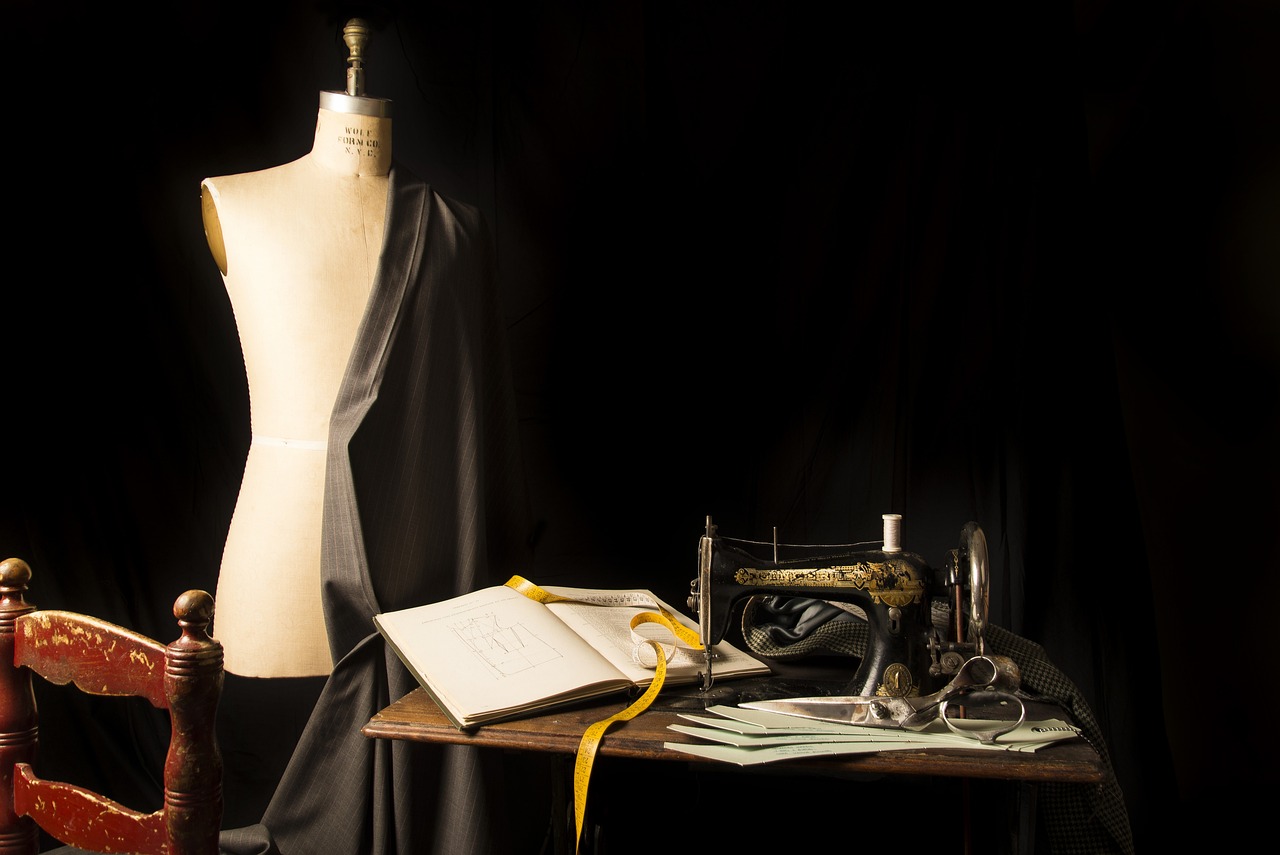
The History of Hand Sewing
This article explores the beauty and techniques of hand sewing, a skill that has been overshadowed by modern technology. We’ll delve into its history, benefits, and practical applications in today’s world.
Understanding the origins of hand sewing reveals its significance in human culture. Hand sewing is not just a simple craft; it is a profound expression of creativity that dates back thousands of years. The earliest evidence of sewing dates to around 30,000 B.C., where archaeological findings in Europe uncovered garments made from animal hides stitched together with sinew. This rudimentary form of sewing was essential for survival, providing warmth and protection in harsh climates.
As civilizations evolved, so did the techniques and materials used in sewing. In ancient Egypt, for example, people used linen and cotton, showcasing their skills in creating intricate garments for both everyday life and ceremonial occasions. The use of sewing was not limited to clothing; it extended to the creation of tents, sails, and even armor, highlighting its versatility and importance in various aspects of life.
By the Middle Ages, hand sewing became an art form, with skilled artisans creating elaborate designs that reflected the status and wealth of individuals. The invention of the sewing needle, made from metal, revolutionized the craft, allowing for more refined and intricate stitching. In fact, during this period, different regions began to develop their unique styles of embroidery and sewing techniques, giving rise to a rich tapestry of cultural expression.
Fast forward to the Industrial Revolution in the 19th century, when sewing machines were introduced, dramatically changing the landscape of garment production. While this innovation increased efficiency and accessibility, it also led to a decline in hand sewing as a common practice. However, the skill never truly disappeared; it remained a cherished tradition among artisans and hobbyists who appreciated the personal touch and creativity that hand sewing offers.
Today, hand sewing is experiencing a renaissance, as more people seek to reconnect with traditional crafts and embrace the slow fashion movement. This resurgence is fueled by a desire for sustainability and individuality in a world dominated by mass production. People are rediscovering the joy of creating something with their own hands, whether it's mending a beloved garment or crafting a unique piece of art.
In summary, the history of hand sewing is a rich narrative that intertwines with the evolution of human culture. From its humble beginnings as a survival skill to its status as a form of artistic expression, hand sewing continues to hold relevance in our modern world. By understanding its past, we can appreciate the beauty and significance of this timeless craft.
- What are the basic stitches I should learn for hand sewing? The fundamental stitches include the running stitch, backstitch, and whip stitch.
- Can I use any type of fabric for hand sewing? While you can use various fabrics, starting with cotton or linen is recommended for beginners due to their ease of handling.
- How do I care for my hand-sewn projects? Hand-sewn items should be washed according to the fabric type, and it's best to air dry them to maintain their shape.
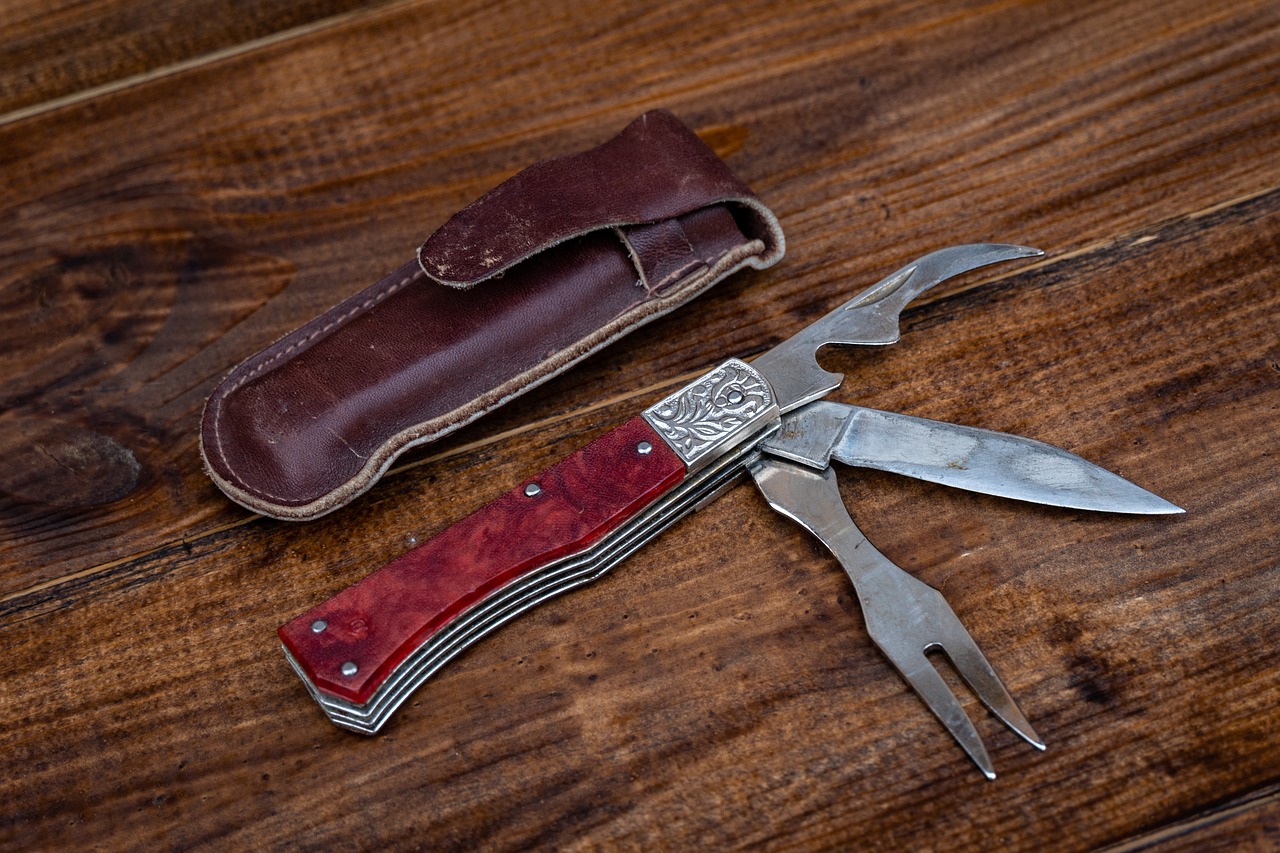
Essential Tools for Hand Sewing
To embark on your hand sewing journey, it's essential to have the right tools at your disposal. Think of these tools as your trusty companions, each playing a vital role in your creative process. Whether you're a beginner just dipping your toes into the world of fabric and thread or a seasoned sewist looking to refine your craft, having the right equipment can make all the difference. Let’s explore the must-have tools that will set you up for success.
First and foremost, you will need a variety of needles. Needles come in different sizes and types, each designed for specific tasks. For instance, a universal needle is perfect for most sewing projects, while a sharp needle works wonders on woven fabrics. Here’s a quick overview of some common needle types:
| Needle Type | Best For |
|---|---|
| Universal Needle | Most fabrics |
| Ballpoint Needle | Knit fabrics |
| Sharps Needle | Woven fabrics |
| Quilting Needle | Quilting projects |
Next up is thread. The right thread can make or break your project, affecting both the durability and the appearance of your seams. Cotton thread is a popular choice for its versatility, while polyester thread offers strength and elasticity. When selecting thread, consider the fabric you’re using and the type of stitch you plan to employ. A good rule of thumb is to match the thread to the fabric’s weight; lighter fabrics require finer threads, while heavier fabrics need thicker threads.
In addition to needles and thread, there are several other tools that can enhance your hand sewing experience. A sewing gauge is invaluable for measuring hems and seam allowances, while fabric scissors ensure clean cuts. Don't forget a thimble to protect your fingers, especially when pushing needles through thick layers of fabric. You might also want to invest in a seam ripper for those inevitable moments when you need to undo a mistake. These tools, while simple, are crucial for smooth sailing in your sewing adventures.
Finally, consider adding a few accessories to your toolkit. A pin cushion is a great way to keep your pins organized and within reach, while a marking tool helps you transfer patterns and measurements onto your fabric accurately. With these tools in hand, you’ll be well-equipped to tackle any sewing project that comes your way.
In summary, having the right tools is essential for successful hand sewing. By investing in quality needles, thread, and additional accessories, you’ll not only enhance your sewing experience but also improve the quality of your finished projects. So gather your tools, and let the creativity flow!
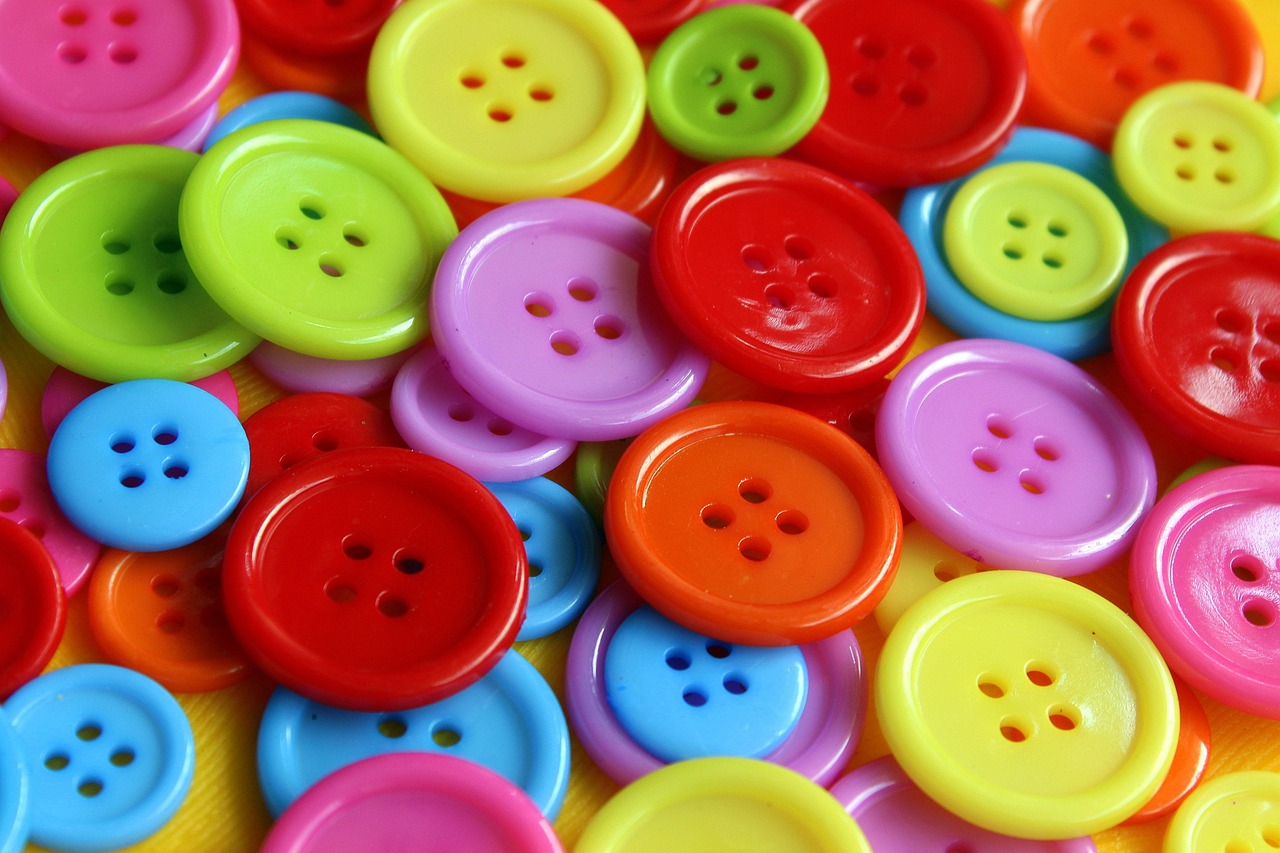
Types of Needles
When it comes to hand sewing, the choice of needle can make or break your project. Just like a chef needs the right knife for each ingredient, a sewist must select the appropriate needle for their fabric and project type. With so many options available, it's easy to feel overwhelmed. But don't worry! We’re here to break it down for you. Each needle type serves a unique purpose, ensuring that your sewing experience is as smooth as possible.
First off, let's talk about the Universal Needle. This needle is the all-rounder of the sewing world. It features a slightly rounded point that can handle a variety of fabrics, such as cotton, polyester, and blends. If you’re just starting out, this needle is a fantastic choice because it’s versatile and can be used for most basic sewing tasks.
Next up is the Ballpoint Needle. This needle is specifically designed for knit fabrics. It has a rounded tip that gently pushes the fibers apart rather than piercing them, which helps prevent snags and runs. If you’re working on stretchy materials like jersey or spandex, the ballpoint needle is your best friend.
For those of you who enjoy working with heavier fabrics, the Jeans/Denim Needle is a must-have. With its thick shaft and strong, sharp point, this needle can easily handle multiple layers of denim or canvas without bending or breaking. If you’re tackling a project that involves heavy-duty materials, don’t skimp on this needle!
Now, let’s not forget about the Embroidery Needle. If you're looking to add decorative stitching to your projects, this needle is designed with a larger eye to accommodate thicker embroidery threads. It also has a special coating that helps the needle glide through fabric more smoothly, minimizing friction and snagging.
Lastly, we have the Quilting Needle. This needle is tailored for quilting projects and features a tapered point that allows it to easily penetrate multiple layers of fabric. If you’re planning to create a quilt, investing in quilting needles will ensure that your stitches are even and precise.
To sum it up, here’s a quick reference table for your needle choices:
| Needle Type | Best For |
|---|---|
| Universal Needle | Most fabrics |
| Ballpoint Needle | Knit fabrics |
| Jeans/Denim Needle | Heavy fabrics |
| Embroidery Needle | Decorative stitching |
| Quilting Needle | Quilting projects |
Choosing the right needle is crucial for achieving optimal results in your hand sewing endeavors. By understanding the different types of needles available and their specific uses, you can ensure that your projects are not only easier to complete but also more enjoyable. So the next time you sit down to sew, take a moment to consider which needle will help you bring your creative vision to life!
- What is the best needle for beginners? The Universal Needle is ideal for beginners as it works with most fabric types.
- Can I use a ballpoint needle on woven fabrics? It's best to use a ballpoint needle specifically for knits; woven fabrics are better suited for universal or sharp needles.
- How often should I change my sewing needle? It's a good practice to change your needle after every project or every 6-8 hours of sewing to ensure optimal performance.
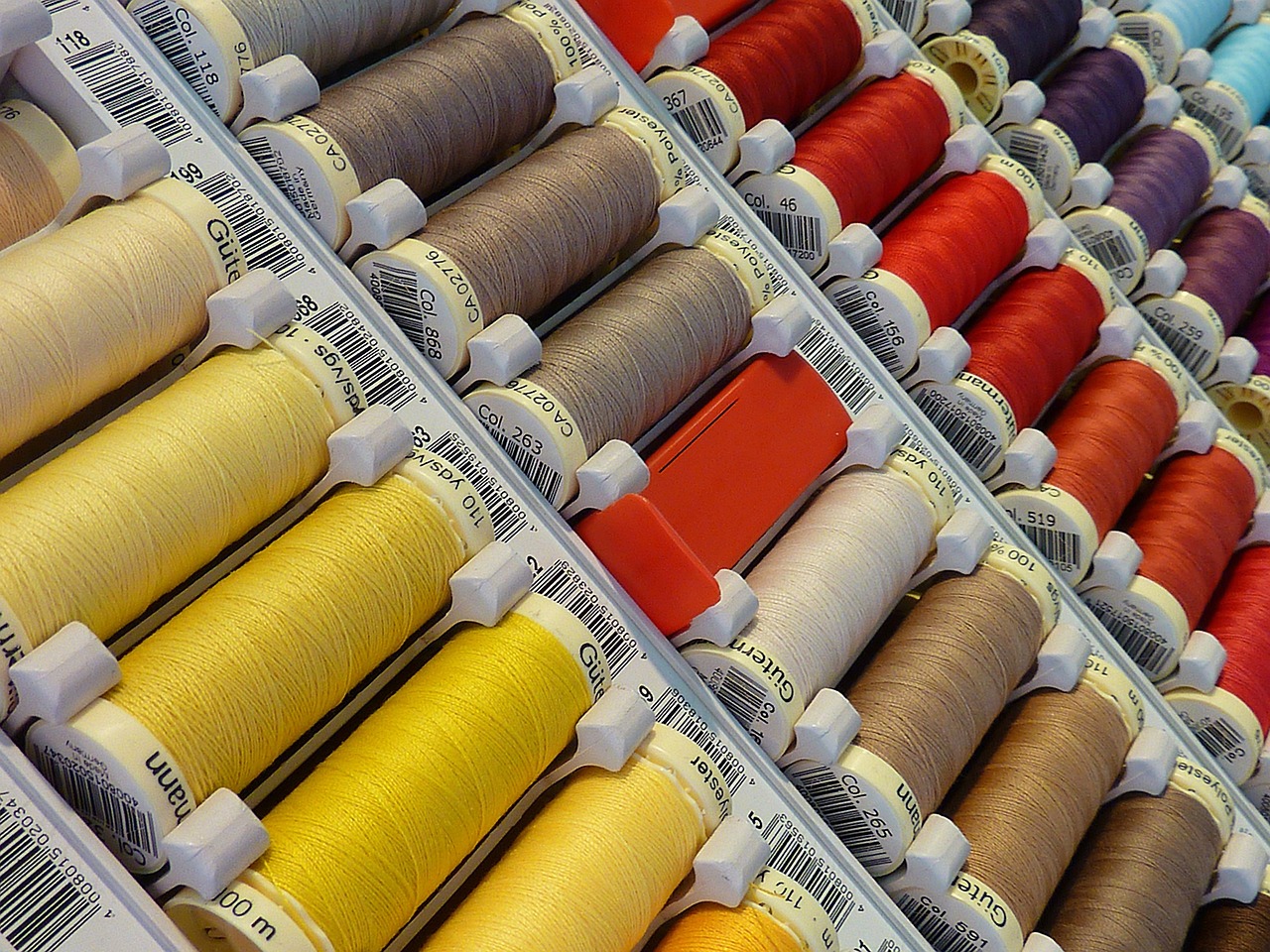
Choosing the Right Thread
When it comes to hand sewing, the choice of thread can make or break your project. Imagine trying to build a sturdy house with flimsy materials; the same principle applies here! The right thread not only ensures that your stitches hold up but also enhances the overall look of your work. So, how do you choose the right thread? Let’s break it down into a few essential considerations.
First, you need to think about the material of the thread. Different materials serve different purposes. For instance, cotton thread is a popular choice for general sewing because it’s strong, versatile, and comes in a myriad of colors. On the other hand, polyester thread is known for its durability and elasticity, making it ideal for stretchy fabrics. If you're working with delicate fabrics like silk, consider using silk thread, which is finer and provides a beautiful finish without adding bulk.
Next, consider the weight of the thread. Thread weight is crucial to achieving the desired look and strength. Heavier threads, like upholstery thread, are great for thicker fabrics, while lighter threads are better suited for delicate materials. The weight of the thread is often denoted by a number; for example, a thread labeled as 30-weight is thicker than one labeled as 50-weight. Understanding these numbers helps you match the thread to your fabric correctly.
Additionally, take into account the color of the thread. Choosing the right color can elevate your project from ordinary to extraordinary. You might opt for a thread that matches your fabric perfectly for a seamless look, or you might choose a contrasting color to make your stitches pop. To help you visualize your options, here’s a quick table comparing common thread materials and their applications:
| Thread Material | Best For | Characteristics |
|---|---|---|
| Cotton | General sewing, quilting | Soft, strong, available in many colors |
| Polyester | Stretchy fabrics, outdoor items | Durable, elastic, colorfast |
| Silk | Delicate fabrics, hand sewing | Fine, smooth, luxurious finish |
| Upholstery | Heavy fabrics, furniture | Thick, strong, withstands wear |
Lastly, don’t overlook the thread finish. Some threads come with a waxed finish, which can help to reduce friction during sewing, making it easier to work with. Others may be treated to resist fraying or fading, which can be beneficial for projects that will be washed frequently. Always consider the specific needs of your project when selecting your thread.
In summary, choosing the right thread is a vital step in the hand sewing process. By paying close attention to the material, weight, color, and finish, you can ensure that your sewing projects not only look great but also stand the test of time. Remember, the thread is the backbone of your creation, so choose wisely!
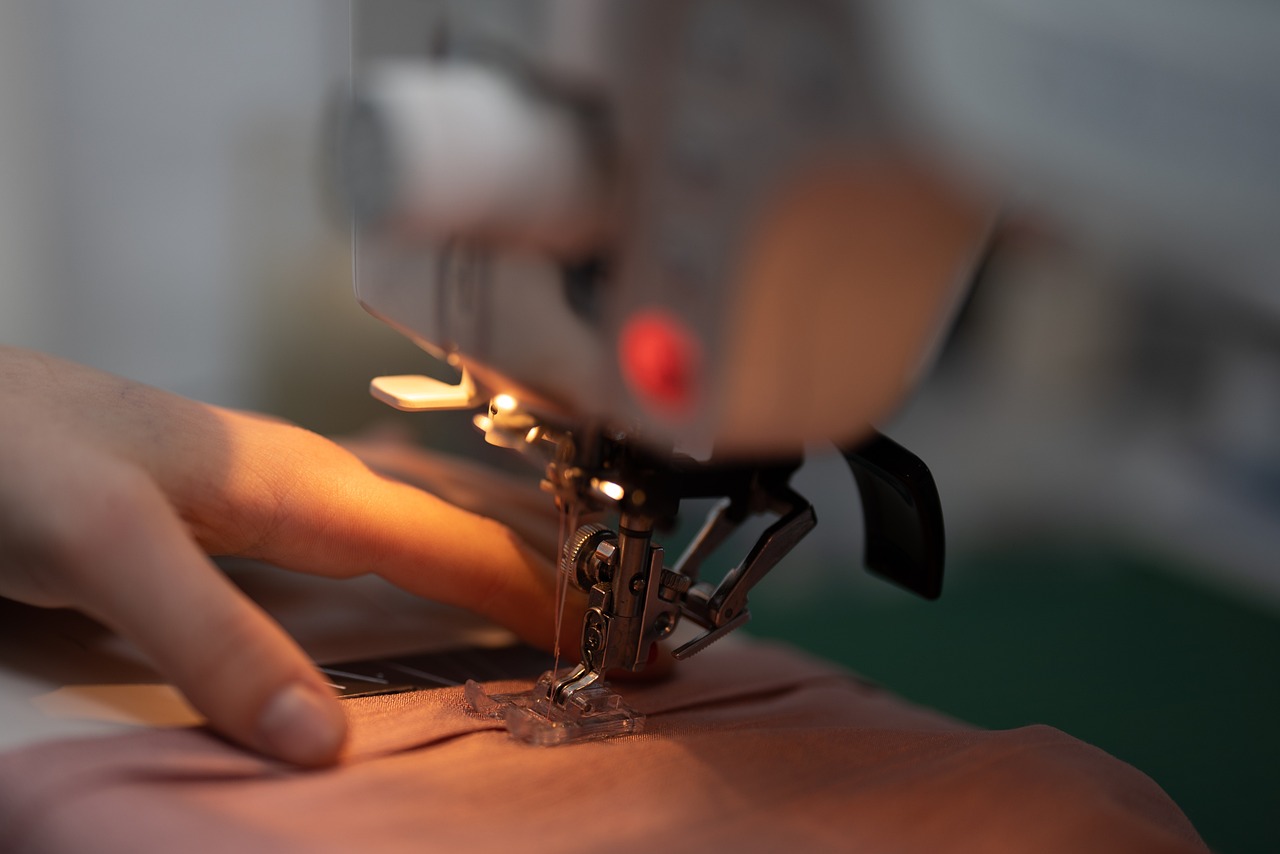
Other Necessary Tools
When embarking on your hand sewing journey, having the right tools can make all the difference. While needles and thread are the essentials, there are several other tools that can enhance your experience and improve the quality of your projects. Think of these tools as your trusty sidekicks, ready to support you in every stitch you make. For instance, a thimble is a small yet mighty accessory that protects your fingers while pushing the needle through thick fabrics. It’s like a shield for your fingertips, allowing you to sew with confidence.
Another invaluable tool is the seam ripper. Mistakes happen, and when they do, this handy little device comes to the rescue. It’s designed to easily and cleanly remove stitches, making it an essential part of any sewist's toolkit. Imagine it as your undo button in the world of fabric – a lifesaver when you need it most!
Additionally, consider investing in a good pair of scissors. While it may seem basic, sharp scissors are crucial for clean cuts and precise edges. Dull blades can lead to frayed fabric and frustration, so make sure to choose a pair that feels comfortable in your hand. You wouldn’t want to try slicing through a cake with a butter knife, right? The same principle applies to fabric.
Furthermore, a measuring tape is essential for ensuring that your pieces are cut accurately. Whether you’re making a dress or a simple pouch, accurate measurements are key to achieving the perfect fit. Think of it as your fabric ruler, guiding you through the process and helping you avoid any unpleasant surprises down the line.
Lastly, a fabric marker or chalk is useful for marking your patterns and guidelines on fabric. Unlike a permanent marker, these tools wash out easily, leaving no trace behind once your project is complete. It’s like having a pencil for your fabric, allowing you to sketch out your ideas before bringing them to life.
In summary, while needles and thread are the stars of the show, these other tools play supporting roles that can elevate your hand sewing projects to new heights. With the right equipment, you’ll find that sewing becomes not just a task, but a delightful and creative endeavor!

Basic Hand Sewing Techniques
When it comes to hand sewing, mastering a few basic techniques can transform your projects from simple to stunning. Think of these techniques as the building blocks of your sewing journey. Just like learning to ride a bike, once you grasp the fundamentals, you'll find yourself speeding ahead with confidence and creativity. So, let’s dive into the essential stitches that every aspiring sewist should know!
The first stitch you should familiarize yourself with is the running stitch. This stitch is incredibly versatile and forms the backbone of many sewing projects. To execute it, simply push your needle through the fabric, pull it out, and repeat. The distance between each stitch can vary depending on your project, but a good rule of thumb is to keep them evenly spaced for a neat finish. This stitch is perfect for gathering fabric or creating a quick hem.
Next up is the backstitch, which is often hailed as one of the strongest hand sewing stitches. It’s ideal for seams that need to withstand a bit of wear and tear. To create a backstitch, begin by making a small stitch, then bring the needle back to the end of the last stitch you made. This technique not only reinforces the seam but also gives it a clean, professional look. Imagine it as the sturdy foundation of a house; without it, everything might just collapse!
Another essential technique is the whip stitch. This stitch is particularly useful for closing seams or hemming edges, especially when working with fabric that tends to fray. To perform a whip stitch, simply insert your needle from the back to the front of the fabric, catching a small amount of the fabric edge each time. This creates a series of diagonal stitches that hold your fabric securely in place. It’s like tying up loose ends, ensuring that everything stays tidy and neat.
For those looking to add a decorative touch to their sewing, the slip stitch is your go-to. This stitch is perfect for hemming garments without visible stitches on the front side. To execute a slip stitch, you’ll want to take small stitches on the hem and alternate with tiny stitches on the main fabric. This technique is similar to a magician performing a trick; it creates an illusion of invisibility, making your work look polished and professional.
Lastly, let’s not forget about the cross stitch. While it’s often associated with embroidery, it can also be a fun way to embellish your sewing projects. The cross stitch is created by forming an “X” shape with your thread, which can add a pop of color and personality to your creations. Whether you’re personalizing a gift or simply adding flair to your wardrobe, this stitch allows for creativity to shine through.
In summary, these basic hand sewing techniques will serve as your trusty companions on your sewing adventure. With practice, you’ll find that each stitch not only enhances your skills but also boosts your confidence. As you experiment with these techniques, remember that every great sewist started as a beginner, so don’t be afraid to make mistakes and learn along the way!
- What is the easiest stitch to learn for beginners? The running stitch is often considered the easiest and most versatile stitch for beginners.
- How can I improve my hand sewing skills? Practice regularly, start with simple projects, and gradually challenge yourself with more complex techniques.
- What types of fabric are best for hand sewing? Light to medium-weight fabrics such as cotton, linen, or felt are ideal for hand sewing, as they are easier to manipulate.
- Can I hand sew without a sewing machine? Absolutely! Hand sewing is a fantastic skill that allows for creativity and personalization without the need for a machine.
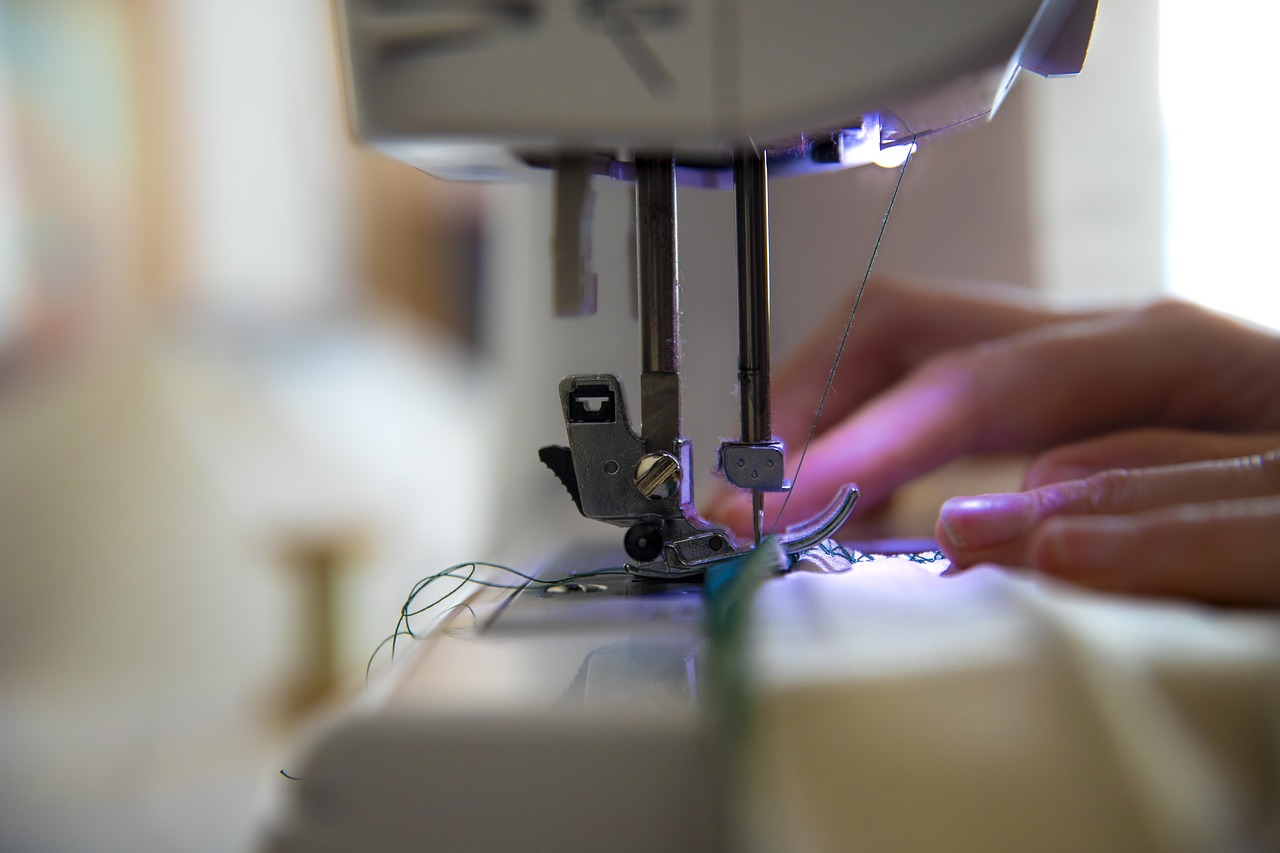
The Benefits of Hand Sewing
Hand sewing is more than just a way to stitch fabric together; it’s a journey into creativity, mindfulness, and sustainability. In a world where everything seems to be speeding up, taking the time to sew by hand can feel like a breath of fresh air. Imagine sitting down with a needle and thread, your mind quieting as you focus on the rhythm of your stitches. This craft offers a plethora of benefits that can enrich your life in surprising ways.
One of the most significant advantages of hand sewing is the opportunity it provides for creativity. When you sew by hand, you have complete control over your projects. You can choose the fabric, the colors, and the designs, allowing your imagination to run wild. Whether you’re mending a favorite piece of clothing or creating a unique accessory, hand sewing can be a canvas for your artistic expression. Each stitch is a brushstroke, and the final product is a masterpiece that reflects your personal style.
Moreover, hand sewing promotes mindfulness and relaxation. In our fast-paced lives, it’s essential to find moments of calm. Engaging in hand sewing can be a meditative practice, allowing you to focus on the present moment and let go of stress. As you thread the needle and make each stitch, you may find that your worries fade away. This craft encourages you to slow down and appreciate the process, making it a perfect antidote to the chaos of daily life.
Hand sewing also fosters eco-friendly practices. In an age where fast fashion dominates, hand sewing encourages the repair and upcycling of clothing. Rather than tossing out a torn shirt or a pair of jeans, why not mend them? This not only extends the life of your garments but also reduces waste and promotes sustainability. By embracing hand sewing, you’re making a conscious choice to be kinder to the environment. It’s a small yet impactful way to contribute to a more sustainable fashion industry.
In addition to these benefits, hand sewing can also serve as a social activity. Imagine gathering with friends or family for a sewing circle, sharing tips, and enjoying each other's company while you work on your projects. This craft can bring people together, creating bonds over shared creativity and learning. Plus, the sense of community that arises from such gatherings can enhance your overall sewing experience.
To sum it up, the benefits of hand sewing extend far beyond the act of stitching fabric. It’s a blend of art, mindfulness, sustainability, and community. Whether you’re a seasoned sewist or just starting, embracing this timeless craft can lead to a more fulfilling and enriched life. So, why not pick up that needle and thread? You might just discover a new passion that brings joy and tranquility into your world.
- What materials do I need to start hand sewing? You will need basic tools like needles, thread, fabric, and scissors. As you progress, you can add more specialized tools.
- Can I learn hand sewing online? Absolutely! There are numerous tutorials and videos available online that can guide you through the basics and beyond.
- How long does it take to become proficient at hand sewing? Proficiency varies from person to person, but with regular practice, you can expect to see improvement within a few weeks.
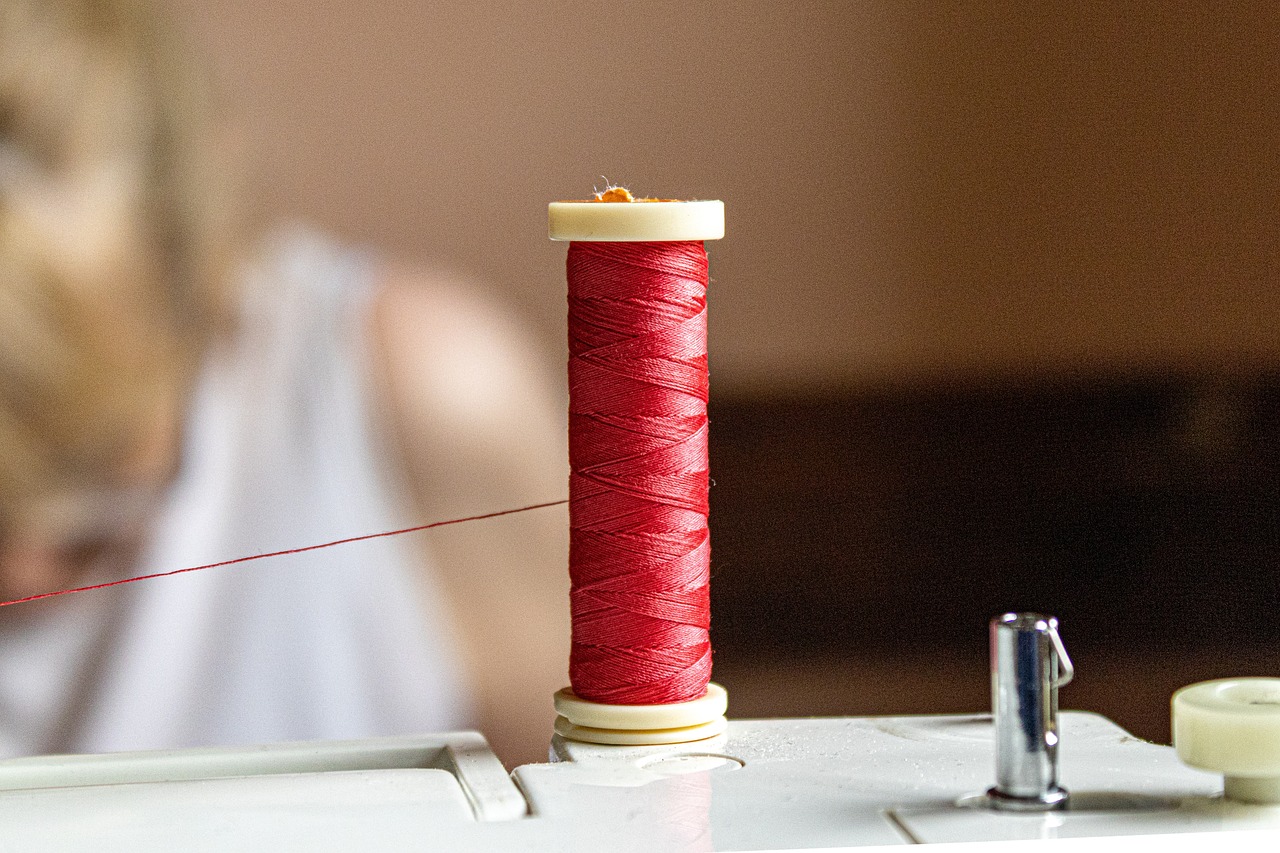
Mindfulness and Relaxation
In our fast-paced world, where the hustle and bustle often drown out our inner peace, hand sewing emerges as a beacon of mindfulness and relaxation. Imagine sitting down with a needle and thread, the rhythmic motion of stitching providing a soothing backdrop to your thoughts. This simple yet profound act can transform your state of mind, allowing you to escape the chaos of everyday life. Just as meditation helps clear the mind, hand sewing invites you to focus on the present moment, fostering a sense of calm and tranquility.
When you engage in hand sewing, you're not just creating a tangible item; you're also crafting a mental space that encourages self-reflection and creativity. The repetitive nature of sewing stitches can be likened to the calming sound of waves lapping against the shore, gently washing away stress and anxiety. As you immerse yourself in the task, you may find that your worries begin to fade, replaced by a sense of accomplishment and joy in your craft.
Moreover, hand sewing allows you to connect with your creativity in a way that many modern activities do not. Instead of scrolling through social media or binge-watching the latest series, you can channel your energy into something productive and fulfilling. This connection to creativity not only enhances your mood but also cultivates a sense of purpose and achievement.
To further illustrate the benefits of hand sewing for mindfulness, consider the following:
- Focus on the Present: Each stitch requires your attention, pulling you away from distractions and into the moment.
- Creative Expression: You can express your individuality through your projects, making each piece uniquely yours.
- Therapeutic Benefits: Many find that the act of sewing can reduce anxiety and promote a sense of well-being.
In essence, hand sewing is not just about creating clothing or accessories; it’s about crafting a sanctuary for your mind. The next time life feels overwhelming, consider picking up a needle and thread. You might be surprised by the peace and relaxation that follows. So, why not give it a try? You may just discover a new favorite way to unwind!
1. Can hand sewing really help with stress relief?
Yes! The repetitive motions and focus required in hand sewing can promote relaxation and mindfulness, making it an effective stress relief activity.
2. Do I need to be an expert to start hand sewing?
Not at all! Hand sewing is accessible to beginners. Starting with simple projects can help you build confidence and skills over time.
3. What are some easy projects for beginners?
Beginner-friendly projects include simple repairs, pouches, or even decorative items like fabric bookmarks. These projects are perfect for practicing your skills!
4. Can hand sewing be eco-friendly?
Absolutely! Hand sewing encourages the repair and upcycling of clothing, which contributes to sustainable fashion practices.
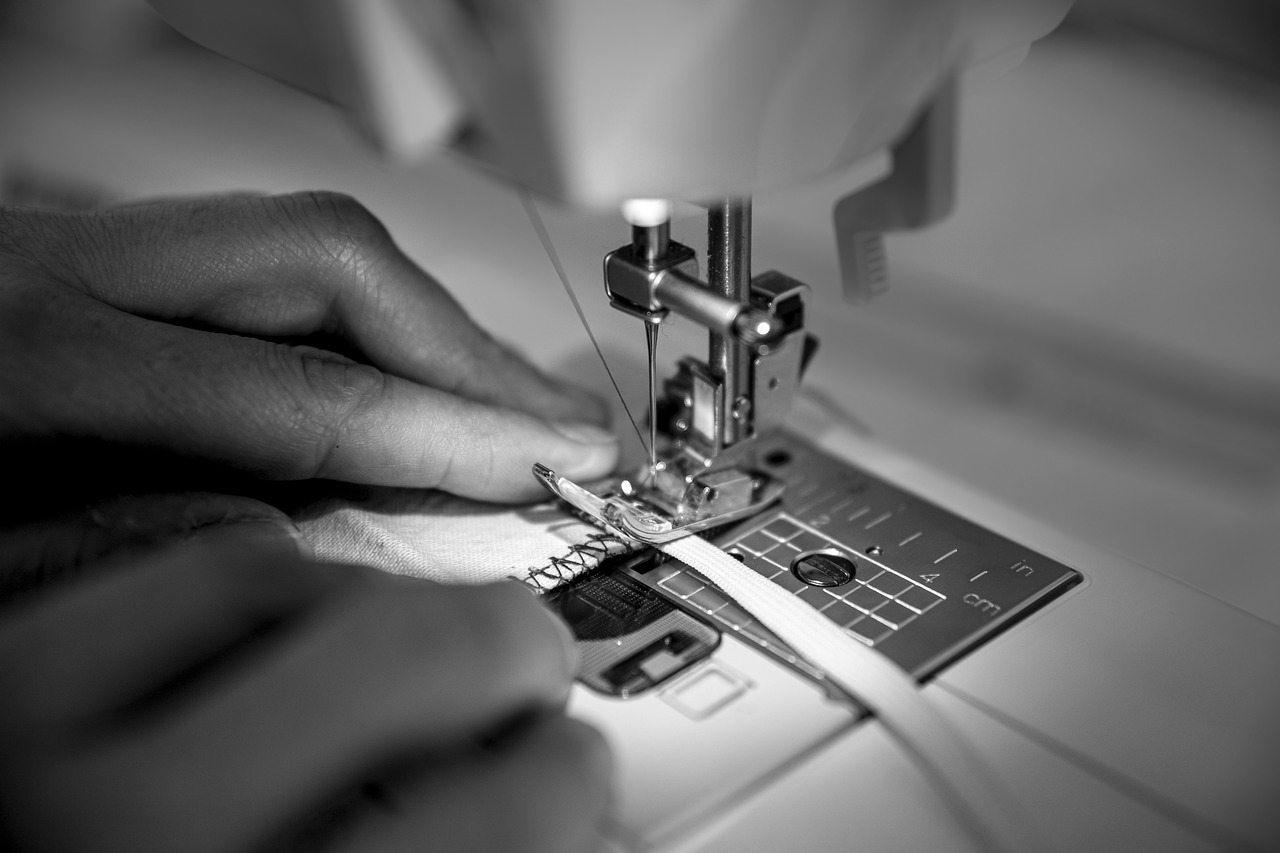
Eco-Friendly Practices
In an age where sustainability is more crucial than ever, hand sewing emerges as a beacon of eco-friendly practices. This age-old craft not only allows us to express our creativity but also encourages us to rethink our relationship with clothing and textiles. Imagine a world where we don’t just consume but also cherish and repair what we own. Hand sewing empowers us to do just that. By embracing this skill, we can significantly reduce waste and promote a more sustainable lifestyle.
One of the most significant benefits of hand sewing is its ability to extend the life of our garments. Instead of tossing out a favorite shirt with a small tear or a pair of jeans that have seen better days, we can simply mend them. This practice not only saves money but also minimizes our environmental footprint. According to recent studies, the fashion industry is one of the largest polluters globally, contributing to water pollution and textile waste. By opting for hand sewing, we can actively participate in reducing this impact.
Furthermore, hand sewing encourages the practice of upcycling. This means taking old, unused, or damaged textiles and transforming them into something new and beautiful. For instance, an old bed sheet can become a stylish tote bag, or a worn-out sweater can be turned into cozy mittens. The possibilities are endless! Upcycling not only breathes new life into discarded materials but also sparks our creativity. It’s like giving a second chance to our fabric friends.
Additionally, hand sewing promotes a culture of mindfulness and intentionality. When we sew by hand, we engage in a slow, deliberate process that contrasts sharply with the fast-paced world of mass production. This mindfulness helps us appreciate the effort and resources that go into making our clothing. It encourages us to make thoughtful choices about what we wear and how we care for it. By sewing our clothes or mending them, we become more connected to our garments, which fosters a deeper respect for the materials and the environment.
As we explore eco-friendly practices through hand sewing, it’s essential to consider the materials we use. Opting for organic fabrics, like cotton or linen, can significantly reduce our ecological footprint. These materials are often grown without harmful pesticides and are biodegradable, making them a better choice for the environment. Moreover, using natural dyes instead of synthetic ones can further enhance the sustainability of our projects. Not only are they safer for the environment, but they also offer a unique, earthy aesthetic that synthetic dyes often lack.
In summary, hand sewing is more than just a craft; it’s a lifestyle choice that embraces sustainability. By mending, upcycling, and being mindful of our material choices, we can contribute to a healthier planet. So, the next time you think about tossing out a piece of clothing, consider reaching for that needle and thread instead. You might just discover a new passion while doing your part for the earth!
- What materials are best for eco-friendly sewing? Organic fabrics like cotton, linen, and hemp are excellent choices, as they are biodegradable and often produced without harmful chemicals.
- How can I start upcycling clothing? Begin by identifying garments you no longer wear. Look for creative ways to transform them, such as turning a dress into a skirt or using fabric scraps for new projects.
- What are some simple hand sewing techniques for beginners? Basic stitches like the running stitch, backstitch, and whip stitch are great starting points for anyone looking to mend or create.
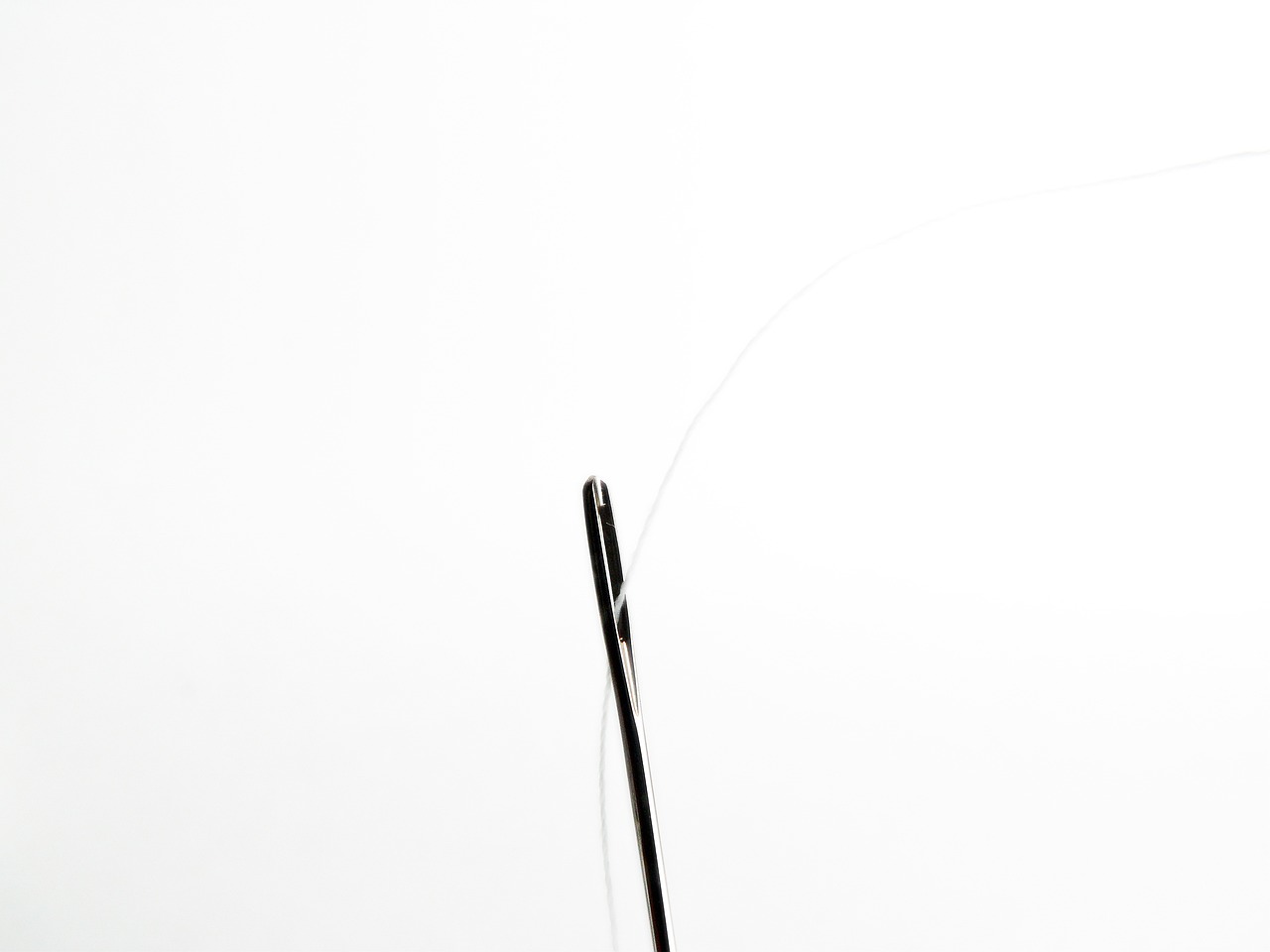
Hand Sewing Projects for Beginners
Starting your journey into hand sewing can be both exciting and a bit daunting, but fear not! There are plenty of beginner-friendly projects that can help you build your skills while having fun. The key is to choose projects that are simple yet rewarding, allowing you to see progress and feel accomplished. One of the best ways to ease into hand sewing is by starting with small, manageable tasks that can be completed in a short amount of time. This not only boosts your confidence but also keeps you motivated to tackle more complex projects down the line.
One of the most practical and satisfying projects for beginners is making simple repairs to your existing garments. You might be surprised at how many items in your wardrobe could benefit from a little TLC! Whether it’s sewing on a button, fixing a small tear, or hemming a pair of pants, these tasks can be done quickly and will save you money in the long run. Plus, there’s a certain sense of pride that comes from wearing something you’ve repaired yourself. Here’s a quick guide to some common repairs:
| Repair Type | Tools Needed | Steps |
|---|---|---|
| Sewing on a Button | Needle, Thread, Scissors | 1. Thread your needle. 2. Position the button. 3. Sew through the button holes. 4. Tie off the thread. |
| Fixing a Tear | Needle, Thread, Scissors | 1. Align the fabric edges. 2. Use a backstitch to sew the edges together. 3. Tie off the thread. |
| Hemming Pants | Needle, Thread, Scissors, Measuring Tape | 1. Measure and mark the desired length. 2. Fold the fabric up. 3. Sew a straight stitch along the edge. 4. Tie off the thread. |
Another delightful way to practice your hand sewing is by creating easy accessories. Accessories are not only fun to make but also serve as a great canvas for experimentation. For instance, you could start with a simple fabric pouch to store your sewing supplies or a cute headband that can brighten up any outfit. These projects allow you to play with different fabrics, colors, and patterns, giving you the freedom to express your creativity. Here are a couple of ideas to get you started:
- Fabric Pouch: Perfect for storing small items, this project involves cutting two rectangles of fabric, sewing them together, and adding a simple drawstring or zipper.
- Headband: A quick project where you can use a strip of fabric to create a stylish headband. Just sew the ends together and embellish it with your favorite patterns!
As you embark on these beginner projects, remember that practice makes perfect. Don’t be afraid to make mistakes—each error is an opportunity to learn and improve your skills. Hand sewing is not just about the end product; it's about the journey, the creativity, and the joy that comes from making something with your own hands. So grab your needle and thread, and let your imagination run wild!
Q: What tools do I need to start hand sewing?
A: At a minimum, you will need a needle, thread, scissors, and fabric. Additional tools like pins, a thimble, and measuring tape can also be helpful.
Q: Can I learn hand sewing without any prior experience?
A: Absolutely! Hand sewing is a skill that anyone can learn, regardless of experience. Start with simple projects and gradually work your way up.
Q: How long will it take to become proficient at hand sewing?
A: Proficiency varies from person to person. With regular practice, you can expect to see improvement within a few weeks.
Q: What types of fabrics are best for beginners?
A: Start with medium-weight fabrics like cotton or linen, as they are easier to handle and sew.
Q: Can hand sewing be eco-friendly?
A: Yes! Hand sewing encourages the repair and upcycling of clothing, reducing waste and promoting sustainable practices.
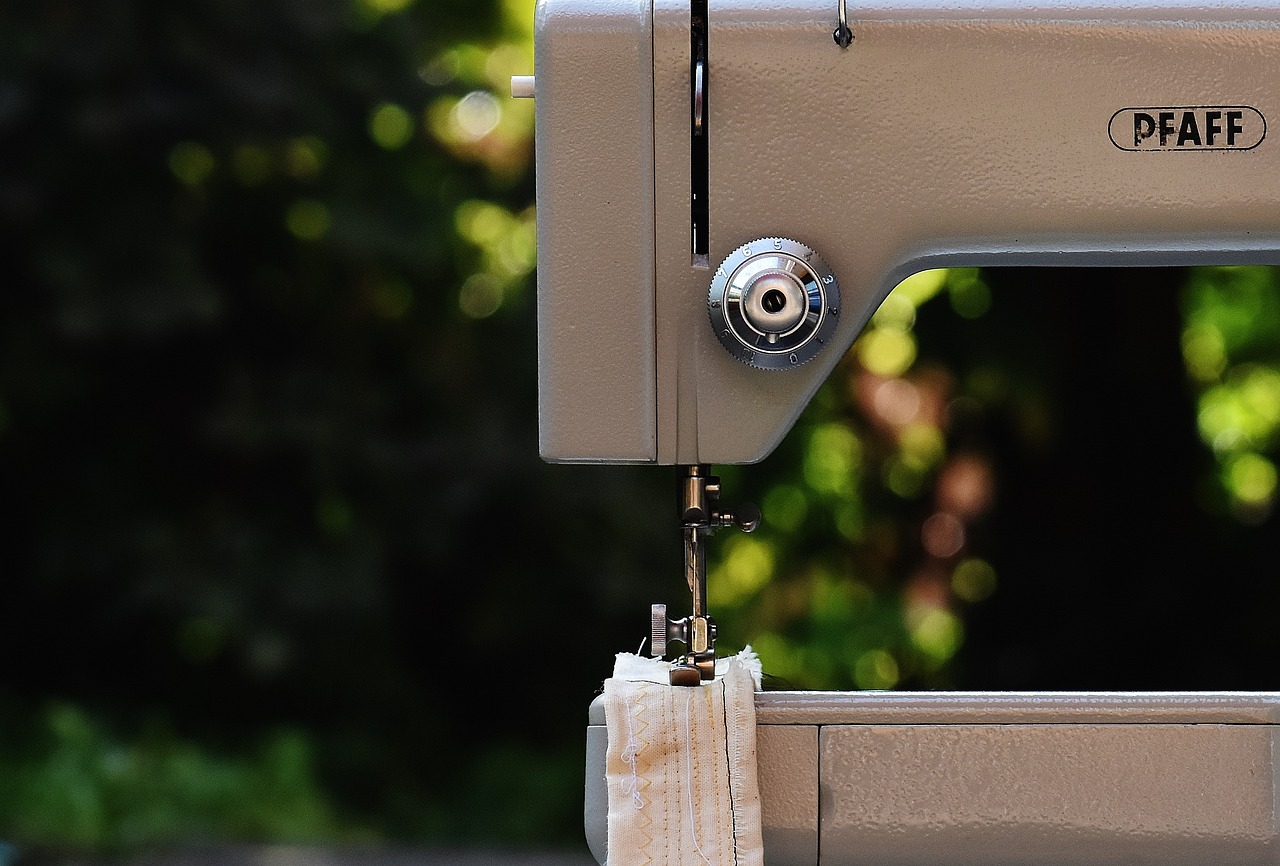
Simple Repairs
When it comes to hand sewing, one of the most rewarding aspects is the ability to make on your garments. Imagine this: you pull your favorite shirt out of the closet only to discover a small tear or a loose button. Instead of tossing it aside or rushing to the tailor, you can take matters into your own hands. With just a needle, thread, and a little bit of patience, you can extend the life of your clothing and save money in the process. Isn’t that a win-win?
Simple repairs can range from fixing a hem to replacing a button. Each task may seem daunting at first, but with practice, you’ll find that these repairs can be quite easy and even enjoyable. Let’s break down a few common repairs that every aspiring sewist should master:
- Repairing a Hem: Whether your pants are a tad too long or the hem of your dress has come undone, this is a straightforward fix. All you need to do is fold the fabric to the desired length, pin it in place, and sew a straight stitch along the edge.
- Replacing Buttons: A missing button can turn a perfectly good shirt into a wardrobe disaster. To replace it, simply remove the old button, thread a new one onto your needle, and sew it in place with a few secure stitches. Don’t forget to create a shank for a bit of extra room!
- Fixing Small Tears: For those pesky small rips, you can use a simple running stitch to pull the fabric back together. If the tear is larger, consider using a patch for added durability, which can also add a unique style to your garment.
These repairs not only save your clothes but also allow you to express your creativity. You can choose colorful threads or unique buttons that reflect your personal style. Moreover, the satisfaction derived from fixing something yourself is unparalleled. It’s like giving your clothes a second chance at life!
But wait, there’s more! Hand sewing is not just about fixing what’s broken; it’s also about learning the art of mending with intention. Each stitch you make is a testament to your skills and creativity. So, don’t shy away from experimenting with different techniques or embellishments. Why not try adding a decorative stitch or a patch that tells a story? Each repair can be an opportunity to make your clothing even more special.
In conclusion, mastering simple repairs can transform your approach to clothing. Instead of viewing a tear or a missing button as a setback, see it as an opportunity to practice your hand sewing skills. With a little time and effort, you’ll find that you can not only mend your clothes but also create a more sustainable wardrobe. And remember, every stitch you make is a step towards becoming a more confident sewist!
Q: Do I need special tools for simple repairs?
A: While you don’t need specialized tools, having a good pair of scissors, a needle, and thread in various colors will make your repairs much easier.
Q: How long does it take to learn hand sewing repairs?
A: The time varies from person to person, but with practice, you can become proficient in simple repairs within a few weeks.
Q: Can I use a sewing machine for repairs instead of hand sewing?
A: Absolutely! While hand sewing is a great skill to have, a sewing machine can speed up the process for larger repairs.

Easy Accessories
Creating accessories is not only a delightful way to practice your hand sewing skills, but it also allows you to express your personal style in a fun and creative manner. Whether you’re looking to spruce up your wardrobe or make thoughtful gifts for friends and family, hand-sewn accessories can be both practical and beautiful. Imagine whipping up a chic pouch to hold your essentials or a stylish headband that complements your outfit. These projects are perfect for beginners and can often be completed in just a few hours!
One of the simplest projects to start with is a fabric pouch. All you need is a piece of fabric, some thread, and a needle. You can customize the size and design to suit your needs. For instance, a small pouch can be used for coins or makeup, while a larger one can serve as a stylish carry-all for your daily essentials. To make it even more personal, consider using fabric that reflects your favorite colors or patterns. The satisfaction of creating something functional and unique is truly rewarding!
Another easy accessory project is a headband. This project not only helps you practice basic stitches but also results in a fashionable item that can elevate any outfit. You can experiment with different fabrics, such as cotton for a casual look or satin for something more elegant. Simply cut a strip of fabric, sew the ends together, and you can even embellish it with beads or flowers for an extra touch of flair. The best part? You can make several in different colors to match your wardrobe!
For those looking to dive a bit deeper, consider making a fabric bracelet. This project involves cutting fabric strips and braiding or sewing them together. It’s a great way to use up scrap fabric and can be a fun activity to do with friends. You can also incorporate beads or charms to personalize your bracelet further. Not only will you have a lovely accessory to wear, but you’ll also have a unique piece that showcases your creativity.
As you explore the world of hand sewing, remember that the possibilities are endless. Accessories like keychains, bookmarks, and even simple tote bags can be crafted with just a few materials and some basic techniques. Each project is an opportunity to learn and grow your skills. Plus, the more you practice, the more confident you’ll become in your abilities.
In conclusion, hand sewing accessories is an enjoyable and fulfilling way to enhance your crafting experience. Not only do you get to create beautiful items, but you also engage in a mindful practice that can bring joy and relaxation into your life. So grab your needle and thread, and let your creativity flow!
Q1: What materials do I need to start making accessories?
A1: To start, you will need fabric, a needle, thread, scissors, and possibly some embellishments like beads or buttons, depending on your project.
Q2: Are there any beginner-friendly patterns available?
A2: Yes! Many websites and sewing books offer free patterns specifically designed for beginners. Look for simple shapes and straightforward instructions to help you get started.
Q3: How long does it take to complete a simple accessory project?
A3: Most beginner projects, like pouches or headbands, can be completed in a few hours, making them perfect for a weekend crafting session.
Q4: Can I use old clothes for my sewing projects?
A4: Absolutely! Upcycling old clothing is a fantastic way to create unique accessories while promoting sustainability.
Frequently Asked Questions
- What is hand sewing?
Hand sewing is the art of stitching fabric together using a needle and thread without the aid of a sewing machine. It’s a skill that has been practiced for centuries and allows for a personal touch in every project.
- Why should I learn hand sewing?
Learning hand sewing can be incredibly rewarding! It not only enhances your creativity but also promotes mindfulness and relaxation. Plus, it’s a sustainable practice that helps you repair and upcycle clothing instead of tossing it away.
- What tools do I need to start hand sewing?
To start hand sewing, you'll need a few essential tools such as needles, thread, scissors, and pins. Depending on your projects, you might also want to invest in a thimble, fabric markers, and a measuring tape for better accuracy.
- How do I choose the right needle for my project?
Choosing the right needle depends on the fabric you’re working with. For example, a sharp needle is perfect for woven fabrics, while a ballpoint needle is best for knits. Always match the needle size to the thread and fabric type for optimal results!
- What are some basic stitches I should learn?
Some fundamental stitches include the running stitch, backstitch, and whip stitch. These techniques form the backbone of hand sewing and will help you tackle a variety of projects with confidence!
- Can hand sewing be a form of relaxation?
Absolutely! Many people find hand sewing to be a meditative practice. The repetitive motions can help clear your mind and reduce stress, making it a perfect way to unwind after a long day.
- What are some beginner-friendly hand sewing projects?
Beginner-friendly projects include simple repairs like sewing on buttons, creating small pouches, or making headbands. These projects are not only easy to tackle but also give you a sense of accomplishment!
- How does hand sewing contribute to eco-friendly practices?
Hand sewing encourages sustainability by allowing you to repair and upcycle clothing instead of discarding it. This not only reduces waste but also promotes a more conscious approach to fashion.



















